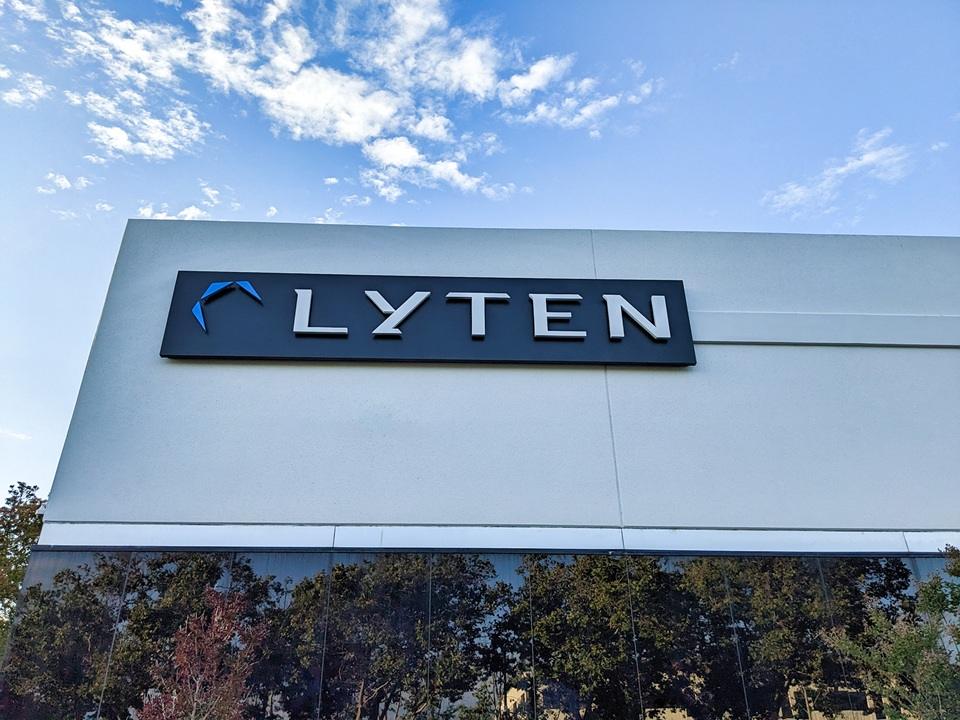Guest Post – The Climate Solutions Paradox: Why Traditional Net-Zero Targets Maybe Slowing Global Decarbonisation
By: Isabel Fernández de la Fuente, Schneider Electric Sustainability Business
As companies accelerate their climate ambitions, traditional net-zero frameworks have become the gold standard. But these models can sometimes fail to account for the full climate impact of companies whose products enable decarbonisation in other sectors. In other words: we risk holding back the very solutions we need to scale.
This paradox is becoming increasingly clear in sectors like food, energy and materials where businesses drive outsized emissions reductions across value chains – even as their own operational footprints increase. The challenge at hand, is to ensure frameworks reward these contributions without compromising scientific integrity.
When growth enables emissions reductions: The case of Oatly
Oatly, the world’s largest and original oat milk company, exemplifies this challenge perfectly. Their oat-based dairy alternatives offer substantially lower carbon footprints than conventional options – making them a solution for addressing climate emissions from the food sector, which accounts for approximately one-third of global greenhouse gas emissions.
The climate impact equation is compelling: as Oatly increases production, they displace more high-carbon products, potentially delivering greater system-wide emissions reductions. Yet this growth inevitably increases their own operational footprint in the short term, creating tension with conventional approaches to target-setting.
Recognising this, Oatly approached EcoAct, part of Schneider Electric, to find a more suitable approach – one that acknowledges both operational accountability and system-wide impact.
Defining Climate Solutions Companies
Before exploring Oatly’s approach, it’s important to understand which organisations qualify as climate solutions companies.
A climate solution is a product or service meeting societal need while enabling significant emissions reductions compared to conventional alternatives. This isn’t simply about having a marginally better footprint – genuine climate solutions demonstrate a carbon impact at least 50% lower than the market-weighted average of alternatives they replace.
For a company to qualify as a climate solutions company, it must meet rigorous criteria: over 90% of revenues must come from climate solutions; public interim and net-zero targets must cover all emissions with a Climate Transition Plan and annual disclosure; active sector transformation work is required; and solutions must not harm biodiversity, water resources, or extend fossil fuel-dependent technologies.
Applying the right framework
We reviewed major net-zero frameworks and identified the Climate Solutions Framework developed by the Exponential Roadmap Initiative’s (ERI) and Oxford Net-Zero – as the most appropriate for companies whose products enable significant emissions reductions compared to conventional alternatives.
Working closely with Oatly’s Sustainability Team, we conducted a detailed assessment of Oatly’s products against the Climate Solutions Framework’s requirements. Through life cycle assessment data and market analysis, this assessment supported the Exponential Roadmap Initiative’s classification of Oatly as a climate solutions company.
EcoAct then helped Oatly identify the correct intensity targets for maintaining this status in the long run by analysing their climate impact reduction opportunities alongside those of the market average.
Science-aligned intensity-based targets
The Climate Solutions Framework recognises that companies providing climate solutions need to grow to maximise their positive impact, which means their total emissions may increase in the near to medium-term. Rather than discourage this necessary scaling, the framework provides for intensity-based targets instead of absolute emissions targets for qualified climate solutions companies. This approach encourages and rewards the growth of innovations that can help counter the risks of global warming, acknowledging that existing accountability frameworks are not set up to reward companies with climate solutions that need to be scaled.
For Oatly, these targets follow two key principles: alignment with the Carbon Law (a concept developed by the Stockholm Resilience Centre that proposes halving global emissions every decade to meet the Paris Agreement’s 1.5°C goal) and maintaining a significant lower climate footprint over their market category.
The graph below illustrates Oatly’s intensity-based reduction pathway to 2050, demonstrating how their targets compare to both the evolving market average and the Climate Solutions Framework threshold requirements:

- 2030: 40% reduction in emissions per litre from 2020 baseline – ensuring Oatly maintains at least 60% lower climate impact than the ‘milk’ market average in 2030.
- 2040: 70% reduction in emissions per litre compared to 2020 – widening the gap to at least 75% lower climate impact than the ‘milk’ market average in 2040.
- 2050: 89% reduction in emissions per litre compared to 2020 – reaching 90% lower impact than the ‘milk’ market average in 2050, with remaining emissions counterbalanced through durable carbon removals.
What makes this approach particularly powerful is how it compares to conventional dairy’s expected decarbonisation. According to the Science Based Targets initiative (SBTi) dairy commodity pathway, conventional dairy is projected to reduce its emissions by only 22% to 39% by 2050. Even with this improvement in conventional dairy, Oatly’s products will maintain and significantly widen their substantial advantage over time – highlighting the long-term value of scaling climate solutions.
Throughout this trajectory, Oatly’s targets significantly exceed the minimum Climate Solutions Framework threshold requirement of being at least 50% better than market average.
Scaling solutions for transformative impact
The food system transformation requires bold innovation and practical solutions. By implementing intensity-based targets, Oatly has found a balanced approach that allows them to grow their positive impact, enabling more consumers to choose products with significantly lower climate impact.
This differentiated approach is not about lowering ambition or avoiding responsibility. For most companies, absolute emissions reduction targets remain the appropriate and necessary method for aligning with global climate goals. However, for the specific subset of companies providing genuine climate solutions that meet rigorous criteria, a more nuanced approach can accelerate broader societal decarbonisation while maintaining scientific integrity.
Market substitution effects are complex – increased production of climate solutions may not result in perfectly proportional reductions in conventional alternatives due to market dynamics. Nevertheless, the systemic transformation enabled by scaling climate solutions remains crucial for long-term decarbonisation.
Aligning frameworks with impact
Companies delivering climate solutions have a vital role in enabling emissions reduction across the economy. But current frameworks don’t always reflect this – and if we fail to account for their positive impact, we risk slowing down the very progress we need to accelerate.
Intensity-based targets, when applied within a rigorous framework, offer a credible path forward for such companies. As methodologies evolve, it’s essential that they recognise the diversity of contributions needed to reach net-zero – not only within organisations’ own operations – but across the systems they help transform.





